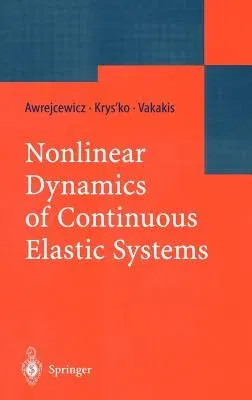There are many monographs in the existing literature devoted to the
static and dynamic behavior of plates and shells. Plates and shells are
enco- tered often in engineering applications being integralparts of a
wide range of constructions, such as machines, vehicles, airplanes,
rockets, ships, bridges, buildings, and containers, to name a few. In
addition to the usual requi- ments posedby
engineersrelatedtolightweightness, su?cientrigidityor?- ibility, and
robust stability properties, there is an additional class ofapriori
dynamicalpropertiesrequiredbymodernengineeringapplicationswheren-
homogeneity and non-uniformity of structural components is often the
norm incertainapplications. Inaddition,
strictoperationalrequirementsinmodern engineering applications towards
higher speeds, lighter construction, robust andreliableperformance,
dictatessmallermarginsoferrorordeviationsfrom prescribed performances in
adverse or uncertain forcing environments. This, in turn, requires the
development of new analytical and computational tools capable of
addressing challenging and not very well developed topics, such as,
nonlinearities a?ecting the system performance, the e?ects of unmodeled
dynamics on the stability of operation, and the role of uncertainties in
the systemparametersonthestructuralresponse. Asaresult, thereisanongoing
e?ort to address such issues, leading to the development of new
analytical and computational tools, some of which are discussed in this
monograph. The monograph follows an approach based on an integrated
treatment of analysis and computation. Such a hybrid approach, coupled
with computer algebra, can lead to results that cannot be obtained by
other standard th- ries in the eld. We show, that in a wide class of
problems only a carefully prepared numerical experiment followed by
purely mathematical conside- tionscan?nallyleadtothesoughtresults.
Thenumerousanalyticalconstr- tions are illustrated by examples of
application and computational results.

